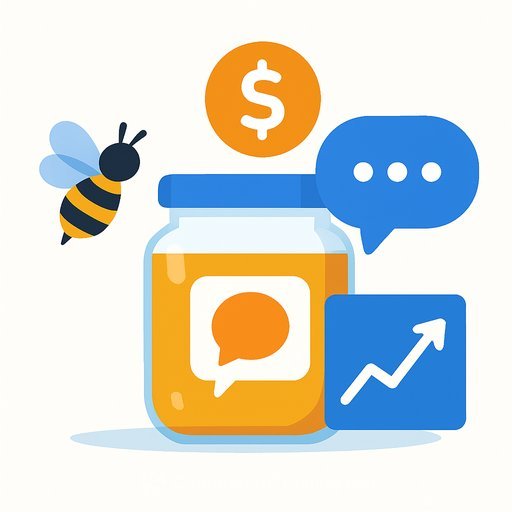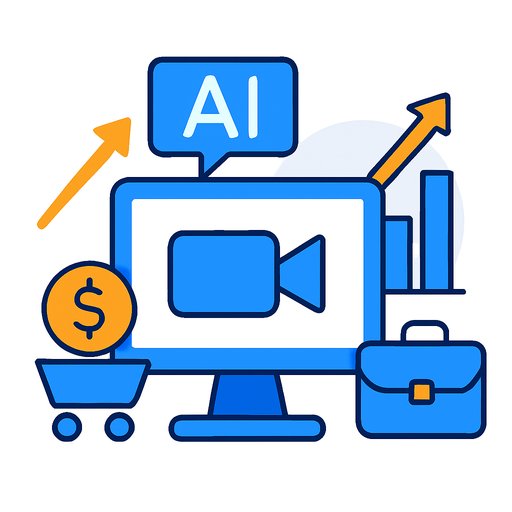SMEs put AI to work: marketing as an innovation driver
German industry is under pressure, and mid-sized firms are rethinking how they grow. At a BVIK future workshop at the IPAI AI Innovation Park in Heilbronn, marketing leaders and experts mapped out practical ways AI can sharpen competitiveness and deliver results in communications.
Why this matters for PR and communications
Marketing is moving from product-first to insight-first. As Ramona Kaden, Managing Director of the BVIK, put it: "Industrial communication in German SMEs is setting a new course in the age of AI." The momentum is real-and communications teams are positioned to turn data into clear market signals and measurable outcomes.
Business models through intelligent data analysis
Steffanie Rohr, Marketing Director at Gretsch-Unitas, sees direct upside: "Customer needs, usage situations and market potential can be captured much more precisely." That precision opens the door to services and add-ons beyond the core product. For PR and comms, this means richer personas, stronger value narratives, and content that tracks closer to purchase drivers.
Efficiency gains in campaign development
Rainer Schopp, Director of Marketing at Harro Höfliger: "AI tools significantly increase the accuracy and efficiency of our measures." Generative AI shortens the distance from idea to launch, so you can test more angles without blowing the budget. The practical mindset: keep piloting tools, keep auditing outcomes, and double down on what speeds up your pipeline.
Data-driven customer communication as a success factor
Dominik Heigemeir, Director Global Market Communication at Festo, sets a clear standard: "Every touchpoint with customers should also be a measurement point." For communications teams, that means traceability-content mapped to metrics, and metrics mapped to business impact. It also means stronger internal proof when you're asking for headcount, budget, or tech.
Quick-start playbook for SME communications teams
- Pick one high-impact use case: email subject line testing, landing page variants, or sales collateral summaries. Prove lift before scaling.
- Standardize your data: unify fields (industry, role, intent) across CRM, marketing automation, and analytics so models can learn from clean inputs.
- Design feedback loops: connect content themes to response metrics (CTR, MQL rate, influenced pipeline) and review weekly.
- Speed up production: use generative tools for first drafts, trimming, and format shifts (press note to LinkedIn post, case study to mailer).
- Guardrails first: set rules for approvals, IP use, factual checks, and brand voice. Log prompts and outputs for auditability.
- Tool hygiene: pilot 2-3 tools at a time, document gains, and retire what doesn't move a KPI.
Governance and trust
AI is only as useful as the trust behind it. Keep humans in the loop for claims, compliance, and brand nuance. Build a simple review checklist-facts verified, sources logged, tone consistent, customer-sensitive data stripped.
What's next
The full results from the BVIK future workshop will be published in December. The "Trend Barometer Industrial Communication 2026" follows in January. You can find updates and the ongoing survey at the BVIK.
Practical training for teams
If you're equipping PR and marketing staff for AI-heavy workflows, see this focused path: AI Certification for Marketing Specialists.
Background: The German Association for Industrial Communication (BVIK) represents the interests of the marketing and communications industry in German industry.
Your membership also unlocks:






